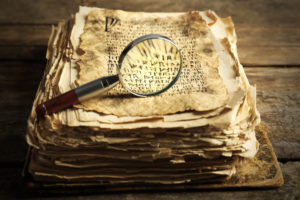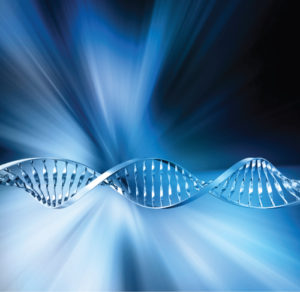 We can learn a lot about the past and its people from the written records of the time. What people write and how they write it can gives us glimpses into historical events, interpersonal relationships, social standing and even social and cultural norms. From paper to papyrus to clay tablets, the surface that holds the writing can tell us things that the words cannot.
We can learn a lot about the past and its people from the written records of the time. What people write and how they write it can gives us glimpses into historical events, interpersonal relationships, social standing and even social and cultural norms. From paper to papyrus to clay tablets, the surface that holds the writing can tell us things that the words cannot.
For plant-based writing surfaces, the quality of the surface or even the technique used to make it can give historians and archeologists insight into the people who used them. What more could we learn if we knew what plant, or plants, were used in the production of ancient writing material? Continue reading “Beneath the Writing: Non-Invasive DNA Sampling from Modern and Historic Writing Surfaces”

